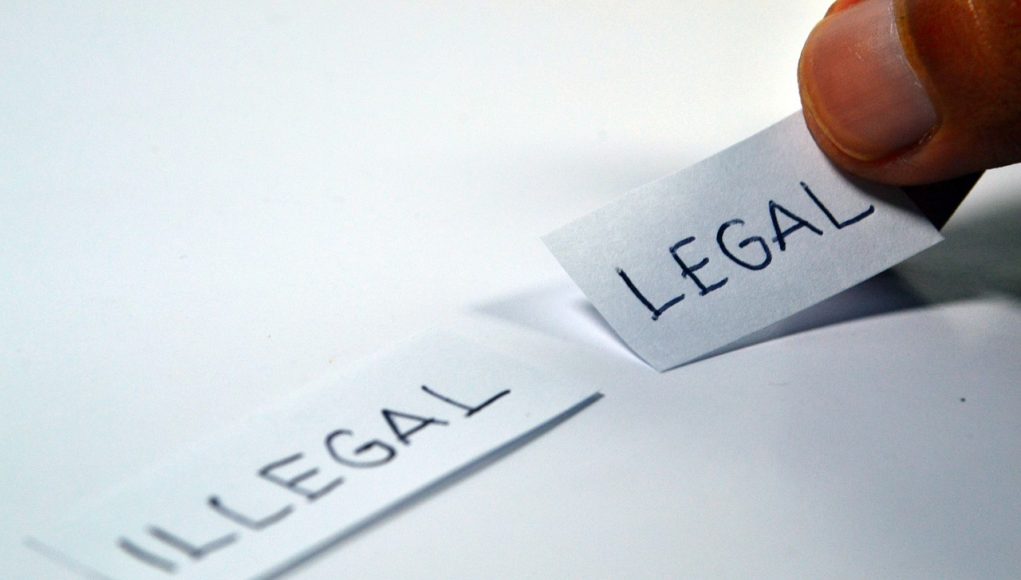In March 2017, associate Health Minister Nicky Wagner had said that e-cigarettes would be legalized and that New Zealand was adopting a low risk approach since scientific evidence about the safety of e-cigarettes is still being developed.
“The Government is taking a cautious approach by aligning the regulations around vaping with those for cigarettes. This ensures cigarette smokers have access to a lower-risk alternative while we continue to discourage people from smoking or vaping in the first place,” she added at the time.
Wagner had pointed out that this change will be an opportunity to see how legalizing vaping will affect smoking rates. “This is an opportunity to see if restricted access to e-cigarettes and e-liquid can help lower our smoking rates, reduce harm and save lives. The Government is strongly committed to achieving our goal of a smoke-free New Zealand by 2025.”
However, up to now the NZ government had taken no actions to this effect. In fact earlier this year, a number of local organizations had voiced their frustration at local policy makers for dragging their feet in implementing regulations that could help decrease local smoking rates.
New e-cig regulations that treat the devices as combustible cigarettes
Finally last Friday, Health Minister Jenny Salesa announced a plan to introduce new regulations, which according to her will give assurance to those trying to quit smoking using the devices, while making the products inaccessible to adolescents.
Sadly the proposed legal changes would see vaping devices and smokeless tobacco being regulated like combustible cigarettes, by being banned from bars, restaurants and workplaces, and facing restrictions on how they can be displayed in stores.
“Vaping is a significantly less harmful alternative to smoking and it has been used as an effective tool to quit smoking,” she said. “However, it is not completely risk free and that’s why we need to make it as safe as possible and protect young people from taking it up.”
The danger in regulating e-cigs as tobacco products
Public health experts have long argued that regulating e-cigarettes in the same way as cigarettes, sends the wrong message to the public in giving the impression that the devices are just as harmful. This may deter many smokers from switching to the proven safer alternatives.
In line with this, Maori public health organisation Hapai Te Hauora voiced concerns about these regulations making it harder for smokers to have access to the devices. “I’m concerned that these regulations will limit smokers’ access to vapes and fruity flavours which research and communities tell us are an appealing draw card towards vapes when transitioning from cigarettes,” said tobacco control general manager Mihi Blair. “It would be great if nobody ever smoked anything again, but this is the real world we live in.”
Read Further: The Australian




![Recent Conference Urged Nations Worldwide to “Quit [Smoking] Like Sweden”](https://www.vapingpost.com/wp-content/uploads/2024/04/vape-conference-238x178.png)



